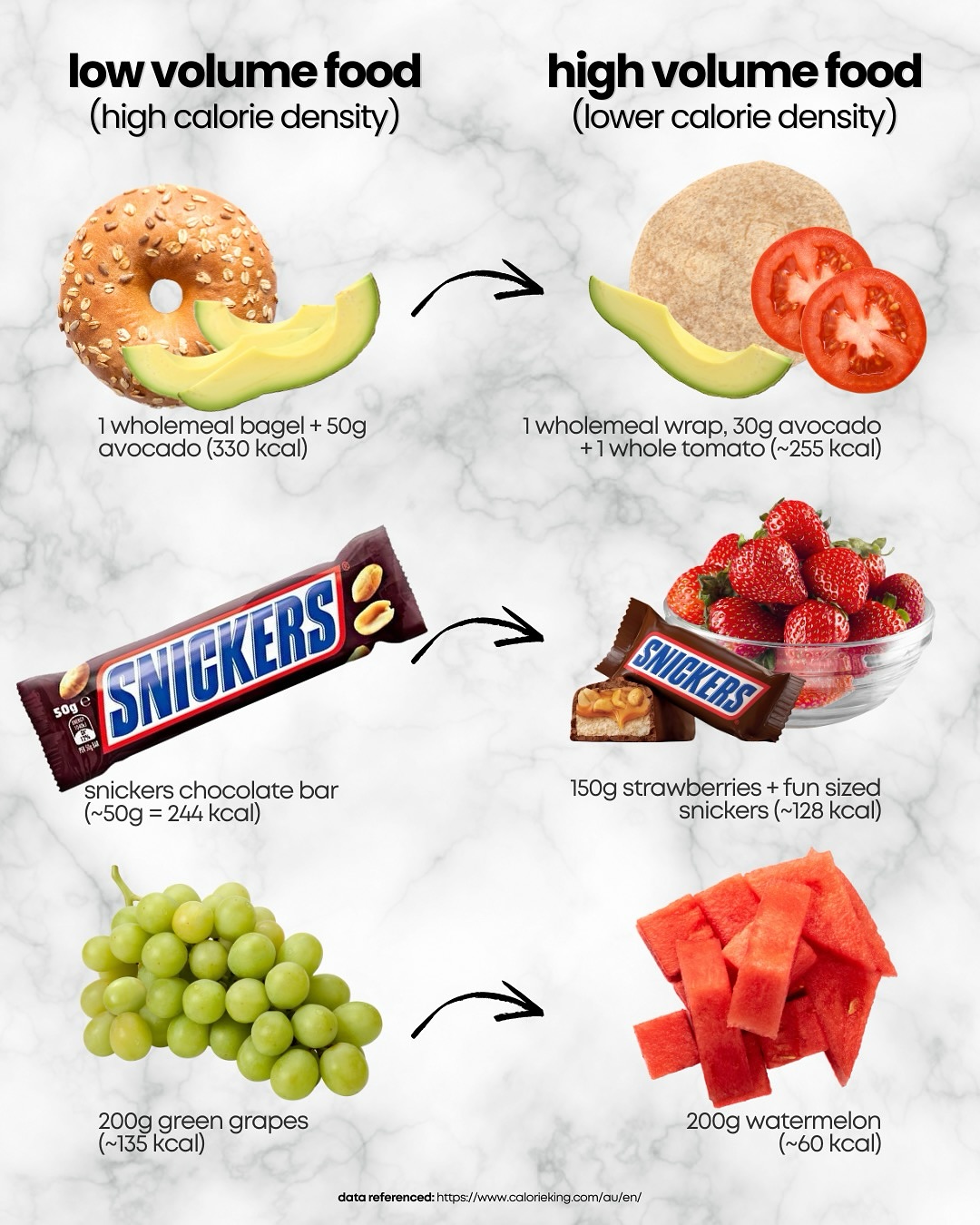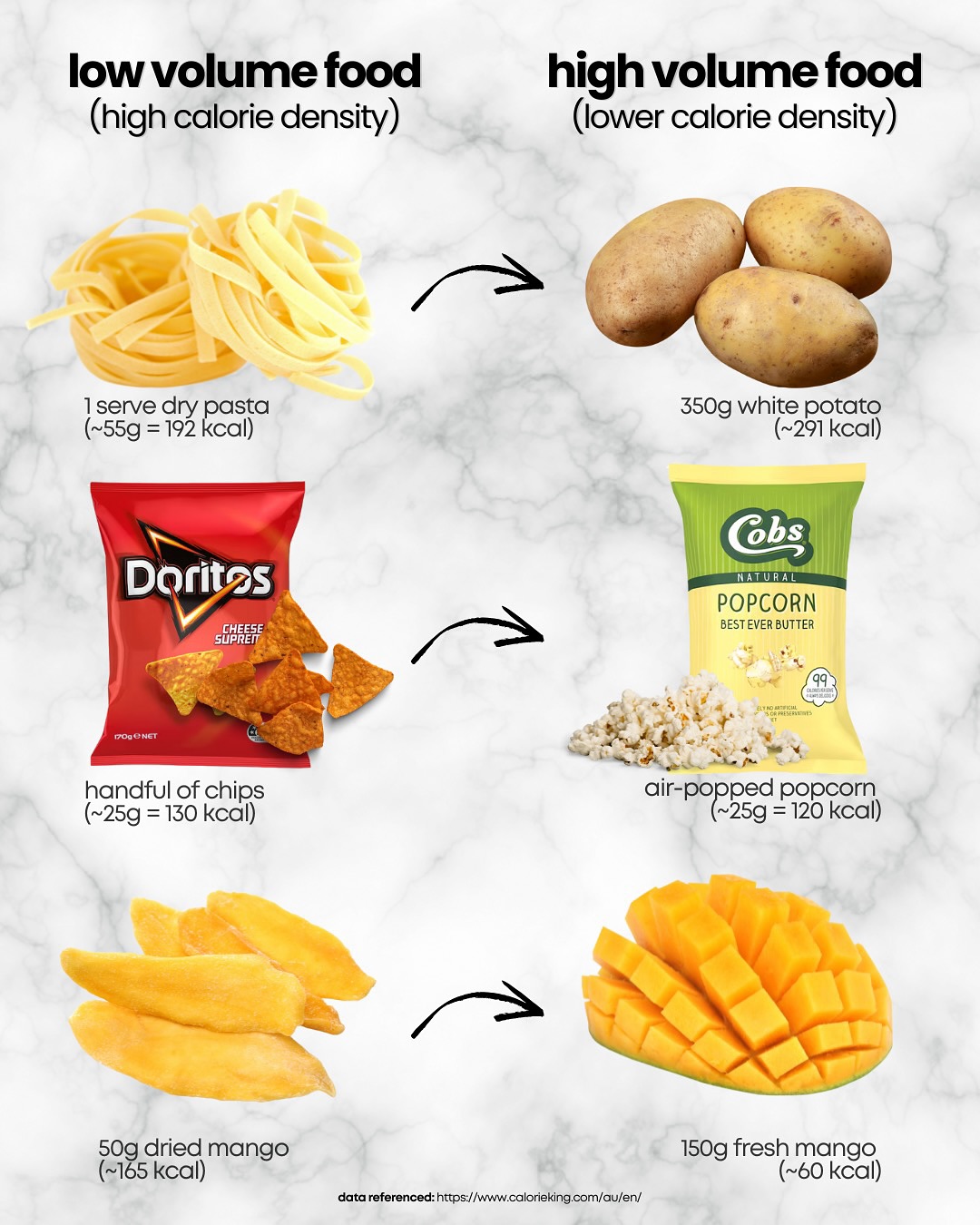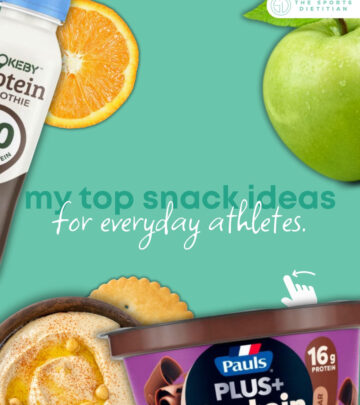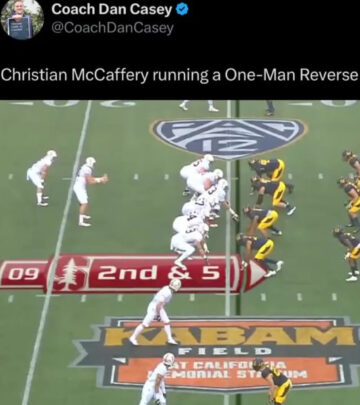Volume Eating: A Smart Fat Loss Strategy
Eat more while eating less: High-volume foods help you beat hunger in a calorie deficit.!!
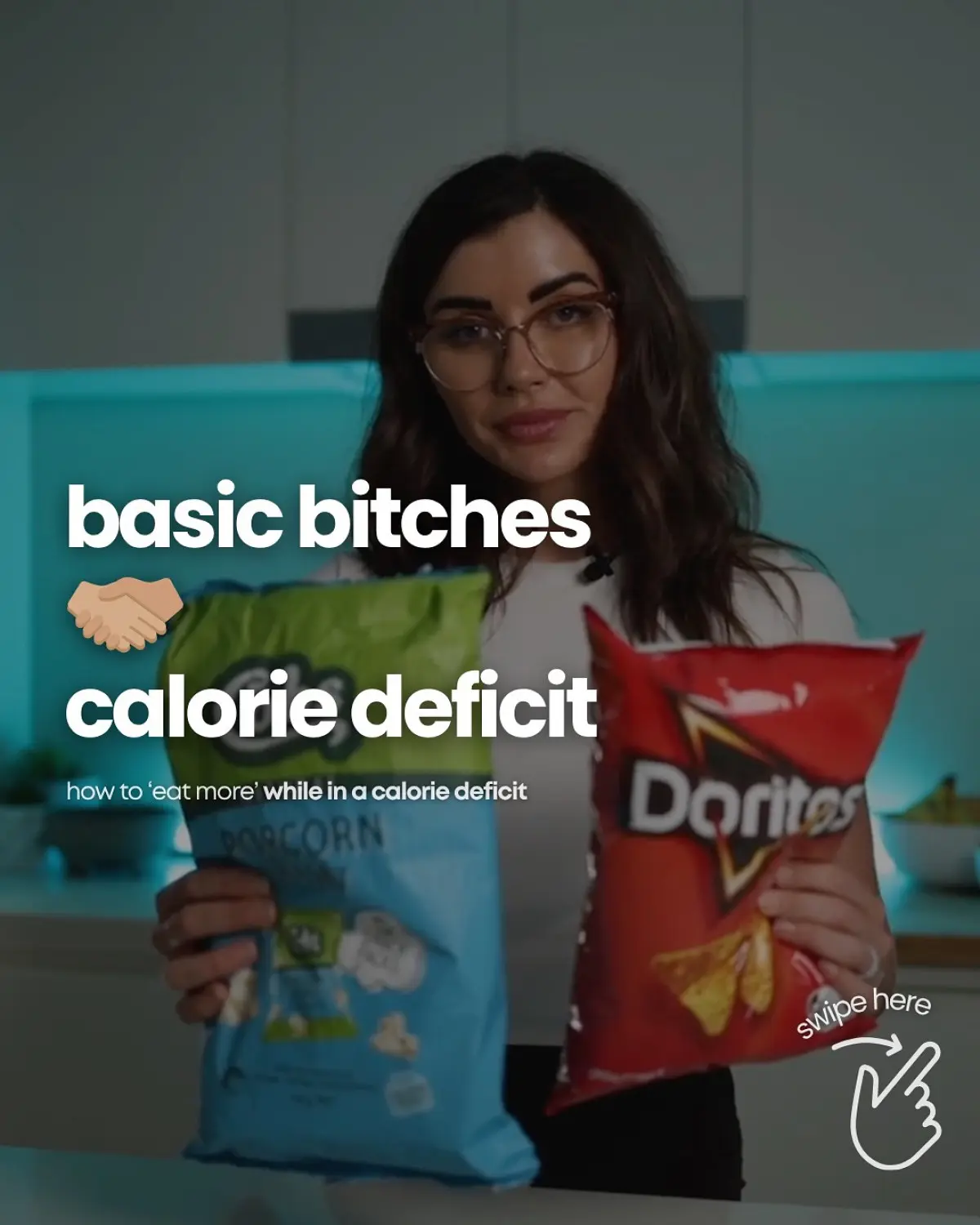
Image: Instagram
Taylor Ryan, a well-respected sports dietitian known as The Sports Dietitian, is challenging popular misconceptions about calorie deficits and hunger management. In a recent post, she clarified that low volume does not mean poor results. Rather than demonizing low-volume foods, Taylor emphasizes that context is everything when it comes to nutrition, especially when one is in a calorie deficit.
Calorie Deficit Realities
When you reduce your calorie intake to shed fat, your body naturally signals hunger by turning up the volume on your appetite. Taylor explains, “Low volume ≠ bad. It never was, and it never will be.” The hunger signals you experience aren’t a sign of something being wrong; they are simply your body’s response to receiving fewer calories than it burns. This is why adopting a strategy of volume eating is so compelling—if you can consume foods that are lower in calories yet high in volume, you can feel satiated without exceeding your daily calorie target.
The Volume Eating Advantage
Volume eating means incorporating foods that are high in water and fiber content—think fruits, vegetables, lean proteins, light soups, and whole grains—that allow you to eat more in terms of food weight without dramatically upping your calorie count. Taylor points out that opting for such foods comes with a suite of benefits:
• More Fullness: These foods fill you up, curbing excessive hunger.
• Fewer Calories: They allow you to stay within your target calorie range.
• Better Consistency: Sticking to your fat loss plan becomes easier as you feel less deprived.
• Reduced Late-Night Snacking: When you’re consistently less hungry, it’s far less likely that you’ll find yourself raiding the snack drawer at 9 pm.
Taylor’s practical advice champions a balanced approach to nutrition. Instead of completely avoiding nutrient-dense foods like nuts, oils, or even the occasional chocolate treat, the focus should be on swapping them with higher-volume alternatives during calorie deficits. The idea isn’t about cutting out these foods altogether but about incorporating smart substitutions that provide more bulk with fewer calories.
Smart Nutritional Swaps
To illustrate the power of volume eating, Taylor recommends making strategic food swaps. For instance, replacing calorie-dense ingredients with fruits or vegetables in your meals lets you have more food by volume. A bowl of salad with lean protein, vibrant fruits, and a light dressing can be far more satisfying than a dish laden with high-calorie fats. In her detailed post, Taylor mentions:
“By choosing higher-volume, lower-calorie foods, you can eat more, feel more satisfied, and still stay within your target.”
This approach is especially beneficial for anyone struggling with persistent hunger while trying to lose fat. The concept of volume eating is supported by evidence-based nutrition research, and Taylor underscores that having such a strategy in your fat-loss toolbox can work wonders for consistency and overall satisfaction with your diet.
Beyond The Basics: Related Insights
In addition to her recent post on volume eating, Taylor has shared a variety of nutrition tips on Instagram that further reinforce this message. One earlier post highlighted how protein-packed snacks can help meet daily protein goals while keeping you energized and full between meals. These snacks—as part of a routine—are designed to keep hunger at bay and support muscle recovery, ensuring that even on a calorie deficit, your body receives essential nutrients.
Another post from Taylor emphasized the importance of making smart food swaps when dining out. Whether opting for a Zinger burger instead of a Crispy Bacon Burger or choosing a lighter wrap over its mega-sized counterpart, these choices show how even small changes can lead to significant improvements in your diet, helping you maintain your energy levels and focus during workouts.
Taylor’s Instagram feed is replete with images of colorful meals, vibrant salads, and nutrient-rich snacks—a visual reinforcement of her message that feeling full and satisfied on a calorie deficit is entirely achievable. One image, for instance, showcases a plate brimming with fresh vegetables, lean proteins, and a side of whole grains, perfectly encapsulating the idea of volume eating.
Developing A Sustainable Fat-loss Plan
The journey to fat loss isn’t just about reducing calories; it’s about eating smart. Taylor’s emphasis on volume eating is a reminder that dietary changes don’t have to be about strict deprivation but about smart nutrition management. By strategically planning meals that incorporate high-volume, low-calorie foods, you can maintain a sense of fullness and prevent the stress typically associated with a calorie deficit.
This strategy not only contributes to a sustainable fat-loss plan but also enhances the overall eating experience. Instead of fighting hunger all day and battling cravings, you feel more empowered and in control. With consistent application, volume eating can lead to better adherence to nutritional goals and ultimately more successful fat loss outcomes.
The evidence-based approach advocated by Taylor resonates with many who find themselves caught in the cycle of excessive hunger and subsequent overeating. By understanding the relationship between portion size, food volume, and caloric density, both casual dieters and athletic individuals can learn to value the quality and quantity of their food intake.
Adopting volume eating as part of your daily routine doesn’t require a complete dietary overhaul overnight. It’s about making small, manageable changes—opting for a bowl of soup over a heavy pasta dish, or choosing a crisp salad with lean protein instead of a calorie-dense snack. Over time, these shifts naturally lead to improved consistency and more sustainable progress in fat loss.
Ultimately, Taylor Ryan’s insights serve as a practical guide for anyone striving to balance hunger management and calorie control. By realigning your focus on volume eating, you open the door to a more enjoyable and effective fat-loss journey, proving that you can indeed eat plenty while still achieving your goals.
Read full bio of Nisha Bharatan



